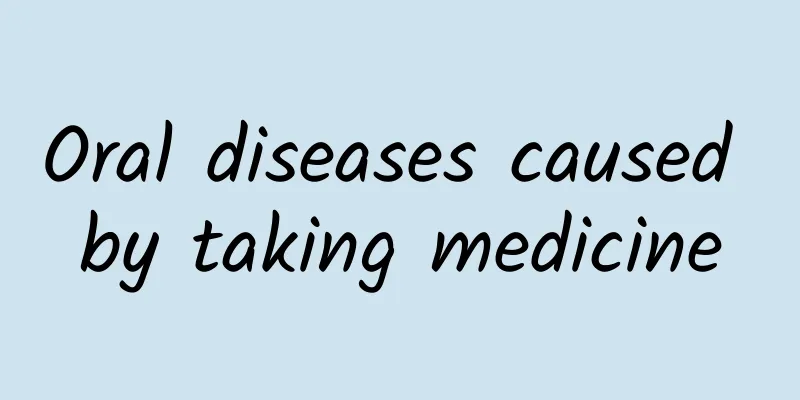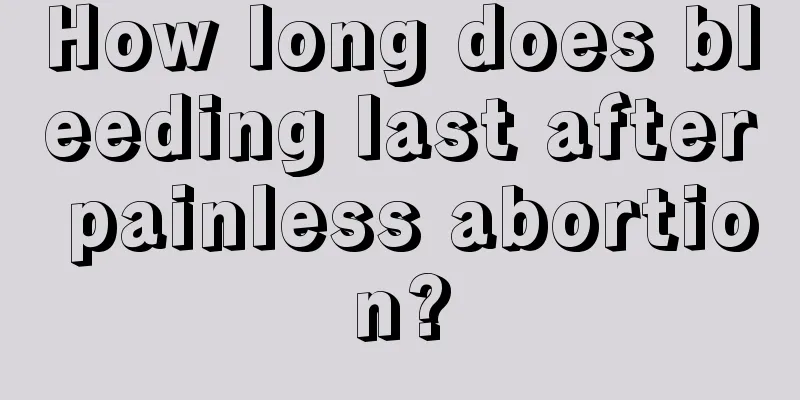Parents must read! Uncovering the hidden "bone crisis" of children

|
Author: Xiao He, attending physician at Nanfang Hospital, Southern Medical University Reviewer: Wang Jian, Chief Physician, Nanfang Hospital, Southern Medical University In the process of parenting, parents are concerned about the healthy growth of their children, but do you know that even our well-cared-for little babies may encounter some unexpected "bone crises"? Today, let us unveil the mystery of childhood femoral epiphysis osteochondrosis. Childhood femoral epiphysis osteochondrosis is also known as "Perthes disease" and "avascular necrosis of the femoral head in children". Its onset age is 2 to 12 years old, and it is more common in children aged 4 to 9 years old. The nutrient blood vessels of the femoral head of boys are more prone to congenital abnormalities and defects in anatomy than those of girls. Therefore, the incidence rate of boys is higher than that of girls. At present, the cause of osteochondrosis of the capital femoral epiphysis in children is still unclear. When children are diagnosed clinically, the disease has usually developed to the late stage. 1. What are the early symptoms of femoral capital epiphysis osteochondrosis? The early symptoms of capital femoral epiphysis osteochondrosis are atypical and easily ignored by parents. These early symptoms ignored by parents mainly include the following three. 1. Lameness: Lameness is an early symptom of femoral capital epiphysis osteochondrosis. If the child's limp is not obvious and the parents do not observe carefully, it is not easy to be discovered. Moreover, lameness is a transient symptom, which usually disappears after a few days and reappears soon after. 2. Pain: Hip pain or knee pain can usually be relieved after rest. Many parents mistakenly think that their children are tired from playing, or mistakenly think that it is growing pains, and usually do not pay attention to it. If the pain is mainly in the knee joint, it is easy to mistake it for knee arthritis or sprain, thus delaying diagnosis and treatment. Figure 1 Copyright image, no permission to reprint 3. Inflexible hip joint: The child’s hip joint movement is limited, especially during abduction and internal rotation, and it is difficult to cross the legs. Once a child has the above conditions, parents should be alert to the possibility of femoral head necrosis. 2. How is capital femoral epiphyseal osteochondrosis in children staged? Children's femoral head epiphysis osteochondrosis generally goes through four stages: ischemic stage, fragmentation stage, repair stage, and healing stage. During the fragmentation stage, the femoral head is most likely to deform. 1. Ischemia: Unexplained abnormal blood supply to the femoral head. The child does not feel obvious pain during this period. X-rays show no obvious abnormalities at the beginning of the disease, and there may only be symptoms of hip synovitis. 3 to 6 months after the onset of the disease, the femoral head becomes smaller, the density increases, joint exudation and relative thickening of the femoral head cartilage lead to an increase in the joint space. This period can last for 0 to 8 months. Figure 2 Copyright image, no permission to reprint 2. Fragmentation stage: After the femoral head is ischemic, new blood vessels slowly grow around it and the blood vessels are reconstructed. During this stage, the child walks with a limp, hip pain and other clinical symptoms are more obvious. In the early stage of the fragmentation stage, the femoral head is slightly deformed; while in the late stage of the fragmentation stage, the femoral head is severely deformed. This stage usually lasts 6 to 12 months. This stage is the critical period for treatment. If treated properly, deformation of the femoral head can be avoided. 3. Repair phase: The absorption of femoral head necrosis stops and new bone slowly grows. This phase lasts for 18 to 24 months. The child gradually resumes daily activities. 4. Healing period: The femoral head enters the healing stage and the deformity tends to stabilize. The key to treating osteochondrosis of the femoral head epiphysis in children is to protect the femoral head and prevent it from deformation, so timely treatment should be given in the early stage of fragmentation or before the fragmentation stage. 3. Since children's capital femoral epiphysis osteochondrosis can heal itself, why is it necessary to treat it? Osteochondrosis of the femoral head epiphysis in children is also known as "avascular necrosis of the femoral head in children" or "Legg-Calvè-Perthes disease". It was described by three scholars, Legg, Calvè and Perthes, in 1910 respectively. It is referred to as "Perthes disease" and is the most common osteochondrosis in children. Osteochondrosis of the femoral head epiphysis in children is avascular necrosis of the epiphysis, which mainly invades the epiphysis of the femoral head and the metaphysis of the femur, and occasionally affects the acetabulum. It is a completely different disease from femoral head necrosis in adults. If femoral head necrosis in adults is not treated in time, the patient may become disabled as the disease progresses. However, femoral head epiphysis osteochondrosis in children is a self-limiting disease, just like the common flu, which has symptoms such as sneezing, runny nose, fever, and cough, but no medication is needed, and the symptoms will be relieved and disappear. The same is true for femoral head epiphysis osteochondrosis in children. The femoral head will experience ischemia, necrosis, and fragmentation. Even without medication, it will self-repair, regrow, and heal after 2 to 4 years. However, after healing, the femoral head will leave different degrees of deformity, forming a flat hip. When the child becomes an adult, the probability of osteoarthritis in the affected hip joint is higher than that of children who are not sick. Therefore, the treatment opportunity cannot be delayed. Early detection and diagnosis are necessary, and standardized and correct treatment should be carried out in a timely manner to reduce the probability of flat hip in children with capital femoral epiphyseal osteochondrosis. Figure 3 Copyright image, no permission to reprint |
<<: Is femoral head necrosis the “immortal cancer”?
Recommend
Leg shaking, nail biting... How to stop these obsessive-compulsive disorders?
Leviathan Press: I remember a primary school clas...
Can I have an abortion if my leucorrhea is abnormal?
It is best not to have an abortion immediately if...
Best time to supplement iron after childbirth
Among many nutrients, iron deficiency is very com...
How long should I drink Motherwort after an abortion?
Nowadays, young people have a relatively open att...
"Health from Food" Series | Is long-term takeout harmful to the body?
As the pace of life accelerates, many people do n...
Pregnancy pictures
One week of pregnancy refers to the time when a w...
What are the side effects of breast liposuction?
Due to various reasons, some girls have very flat...
What are the symptoms after successful ovulation?
For a woman to become pregnant, there is a prereq...
What causes high prolactin in women?
For female friends, when they go to the hospital ...
Low menstrual flow after hysteroscopy
For all female friends, early menstruation, delay...
White porridge nourishes the stomach? Be careful that the more you drink, the more harm it will cause! The key to drinking porridge healthily is to do these 5 things!
When it comes to keeping fit in autumn and winter...
How to use long-term contraception after giving birth to a second child
With the opening of the two-child policy, more an...
What causes chronic cervicitis?
I believe that women are not unfamiliar with cerv...
What should women do if they have a burning sensation in their urethra when urinating?
I believe that most female friends are not too un...
Where in China do people have the best skin? The place with heavy oil and spicy food ranks first
In the hottest summer in history, every time I go...









